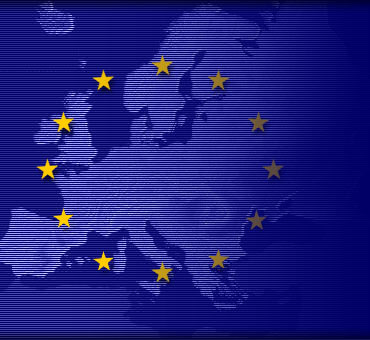
Common Agricultural Policy
The common agricultural policy (or CAP for short) was one of the initial reasons why this super-national body came into existence. The aim of the common agricultural policy was to separate Europe in to ones according to what areas was best for growing and cultivating agriculture and then to share the harvest among the member states. Seen as being somewhat floored today, the common agricultural policy is currently going through a major overhaul.
Single European Currency
Among some member states the single European currency is a very political issue. As such, to-date only 12 out of the 25 member states have adopted the single currency. However, the principles behind the single currency within the European Union did make economic sense, as the only people previously wining from multiple currency transactions was the banks converting so many daily foreign exchanges!
Single European Charter
Possibly the hottest issue facing the European Union today is whether or not the EU will adopt a single member state charter. However, after France and Holland's recent "no' votes on this issue, the issue has been put on the backburner for now. Nonetheless, this will certainly be an issue of contention again in the future.
With Romania and Bulgaria set to join the European Union in 2007, although the member states often have issues on which they find it hard to reach agreement on, one thing is for certain - the EU is a body that will be around for some time to come and, along with the United States, will be a major force to be reckoned with.